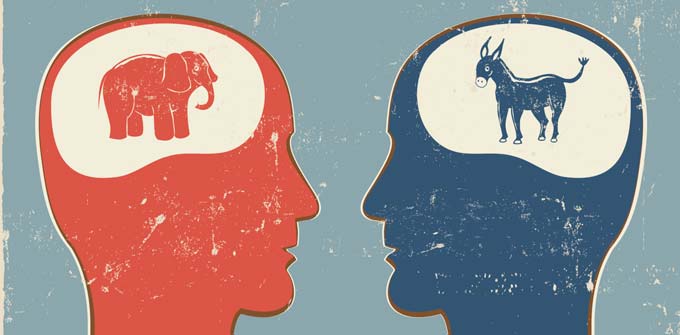(ThyBlackMan.com) “Diversity” is a key word in business. It has become a point of emphasis in several large companies and industries. There is little doubt that workplaces and companies with diverse and inclusive cultures perform and function better than those who do not. This is a message that is needed in major collegiate sports as The Institute for Diversity and Ethics in Sport at the University of Central Florida released the 2018 College Sport Racial and Gender Report Card last month displays. This annual report is always very detailed, comprehensive, and informational and there is always something important to learn from it and the most recent edition is no exception.
It is important to note that the 2018 College Sport Racial and Gender Report Card is different than the 2018 DI FBS Leadership College Racial and Gender Report Card, although there is some overlap between the two reports. The former is a larger report and covers leadership at Division I, II, and III athletic departments. The 2018 College Sport Racial and Gender Report Card also delivers important data and statistics on the athletes that participate in college sports from a demographics standpoint. The racial participation of Division I, which is the highest level, student athletes of color slightly increased from 32.6% in 2017 to 33.7% in 2018. Women participated as Division I student athletes at the same percentage in 2017 and 2018 at 43.9%.
When looking at the data regarding the racial demographics of those who participate in college sports, the numbers are fascinating. After combining the male student-athletes from Divisions I, II, and III in 2017-18, white men were 62.7 percent, African-American men were 18.0 percent, Latinos were 6.0 percent, 1.9 percent were Asian/Pacific Islanders, and Native American men were 0.4 percent. When combining the female student-athletes from Divisions I, II, and III in 2017-18, white women were 70.9 percent, African-American women were 9.4 percent, Latinas were 5.5 percent, 2.6 percent were Asian/Pacific Islanders, and Native American women were 0.4 percent. College sports is still predominantly white in terms of the participants and athletes.
Of course, it is the grades that make the 2018 College Sport Racial and Gender Report Card what it is. It was a slight up-tick for college sports as 2018‘s combined grade for racial and gender hiring practices was 77.3, which is up from 76.7 in 2017. College sport received a B- for racial hiring practices after earning 79.6 points in 2018 compared to 78.3 points in 2017. There are 12 black athletic directors at Football Bowl Subdivision level, the highest level of college athletics, including at major programs at the University of Michigan, the University of Southern California, and the University of Virginia as Carla Williams was the first black woman to lead an FBS department.
The 2018 College Sport Racial and Gender Report Card also includes multiple graphs that add color to the data that was collected. Another important thing about the report is its transparency as there is a breakdown of how the grades were calculated on each topic and subject and the methodology on the data collection as well. It is lengthy read but offers information that will lead to ideas about how much diversity is in the college sports that have become an vital part of American culture.
Staff Writer; Mark Hines
















Leave a Reply